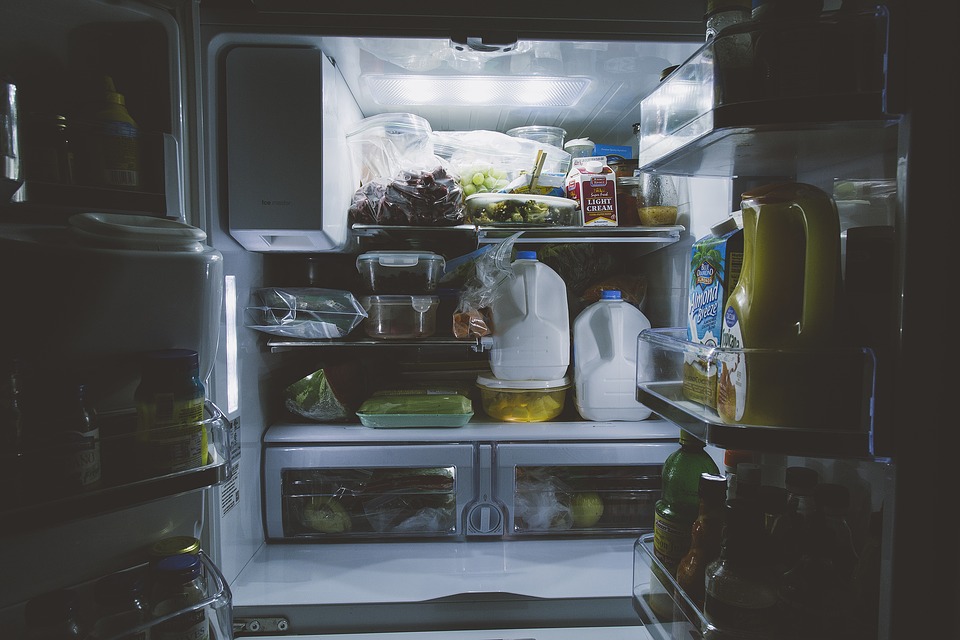If you’re worried you won’t track your restaurant meal accurately, I have news for you:
Calorie counting is inherently inaccurate, anyway. Even in “perfect” conditions, there’s a 20% margin of error allowed on food labels. With this in mind, there’s no need to stress being 100% accurate. It’s not even possible.
But an equally big mistake is not even trying to track meals you’re not sure how to log.
Most meals out have 1,200+ calories, and this doesn’t include appetizers, drinks, or desserts. If you leave MyFitnessPal in your pocket every time you have these, you’re not going to make consistent progress — if any.
This isn’t to say there isn’t a time and place to stay off MyFitnessPal when you’re dieting. There certainly is. But that time isn’t every weekend, and that place can’t be everywhere that isn’t your own kitchen.
Fair enough?
Here are two other common mistakes to avoid:
- Logging your meal hours after eating it. Would you ever check a price tag hours after buying something and expect to get out of debt? Of course not. You wouldn’t be able to budget and overspending is inevitable
- Being generous with your estimates. We both know your restaurant cheeseburger isn’t 550 calories. Same goes for the “handful of fries” you’re clocking in at 200-250 calories. There’s no upside to fudging this
If you avoid these mistakes, and take a reasonable guess at what’s on your plate, you won’t keep spinning your meals. Here are the two best ways to do this accurately:
Strategy #1: The Itemized Assessment
This is the most accurate way to track a meal out, and is easiest done with a visually “separated” meal. An example of this would be salmon, risotto, and roasted asparagus.
All you need to do is:
- Look up each component of the meal in MyFitnessPal
- See what the average entry is for each
- Round up 20% on each estimate
For example, if you look up “Atlantic salmon,” you might see 10-15 entries ranging from 160-340 calories. But most of them say four ounces is ~240 calories, and you feel like there’s ~8 ounces on your plate (based on your tracking experience).
In this scenario: double the entry (240 calories x 2 servings = 480 calories), and round up 20% (480 calories x 1.2). You now have your estimate: 576 calories.
Nobody wants to include the last step (rounding up 20%), but you have to account for the oils, sauces, and usual margin of error.
Strategy #2: The Bulk Assessment
This is less accurate, but necessary for “non-separated” meals: like soup, a burrito, or anything where everything is mixed together and hard to eyeball.
You don’t need to play doctor and surgically remove every piece of bean and rice so you can estimate it. Again, complete accuracy is impossible, anyway.
But you also can’t throw up your hands and quit trying every time something is difficult to track.
Take, for example, a burrito. How would you go about logging it?
The process is quite simple:
- Search for the name of your dish (ex. “Steak burrito”) in MyFitnessPal
- See what the average entry is for it
- Round up 20% and move on with your life
In this case, steak burritos are listed between 470 and 1,450 calories in MyFitnessPal — but the average entry is around 900 calories. When I round this up 20% (900 x 1.2), I get my estimate: 1,080 calories.
A few other considerations:
- I have all my clients look up restaurant menus in advance whenever possible. They then choose their dish and put a “placeholder” estimate in MyFitnessPal so they can effective plan their other meals
- Lots of restaurants list nutrition facts on their menus (and even in MyFitnessPal). But it’s still important to round up on your estimates. It’s not like Chipotle employees are putting your sour cream on a food scale
- You’re probably going to weigh more the day after you eat out. But it’s only water and it’s nothing to stress. It takes a 3,500+ surplus to gain a single pound — and you did NOT eat 5,000-10,000 calories in a single sitting
Lastly, if you have no idea how to make a weight loss-friendly choice when you’re out to eat, take a few minutes to watch this video:
In it, I discuss how I help my clients navigate social situations and get incredible results.





